

William Stopford
2026 Mercedes-AMG GT price and specs: Four-cylinder and hotter V8 join range
1 Hour Ago
“Win on Sunday, sell on Monday”? Toyota’s next-gen GT3 racer will debut with a road car possibly wearing Lexus badging.

News Editor
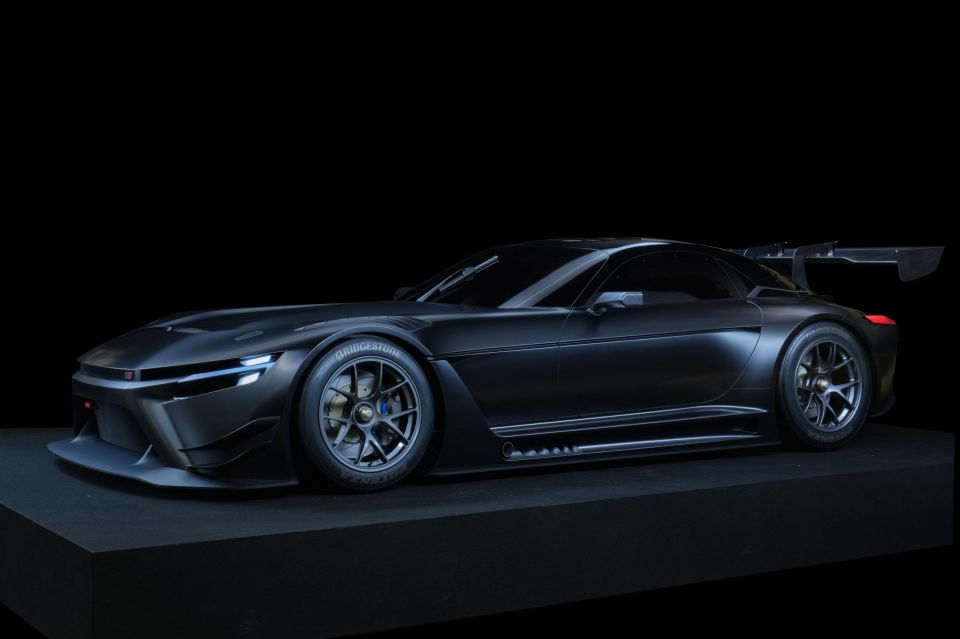

News Editor
The race debut of Toyota’s upcoming GT3 car will coincide with that of a new road-going sports car potentially wearing a Lexus badge.
“Everybody knows we are developing a car, and this car will come to race in Europe in 2026,” Toyota WEC team director Rob Leupen told Motorsport.com.
“The date is in alignment with the road car side, which is following the philosophy of Toyota to have a motorsport-bred car on the road. This is moving forward at the moment.”
Asked whether the new car will wear Lexus badging, Mr Leupen replied: “At the moment, it seems to be. It depends on how it develops within Toyota, but at the moment, yes.”


Toyota Gazoo Racing revealed its next-generation GT3 racer at last year’s Tokyo Auto Salon, and this vehicle has since been spied track-testing.
The GR GT3 has a classic race car silhouette with a long bonnet, swept-back and steeply raked rear window, and a large rear spoiler.
There’s also a very low front spoiler, bonnet vents, a side-exit exhaust, centre-lock wheels, a full-width rear light bar, and a humongous rear diffuser.
Images of a slightly toned-down version subsequently appeared in a patent filing (above), with the massive wing substituted for something more subtle.
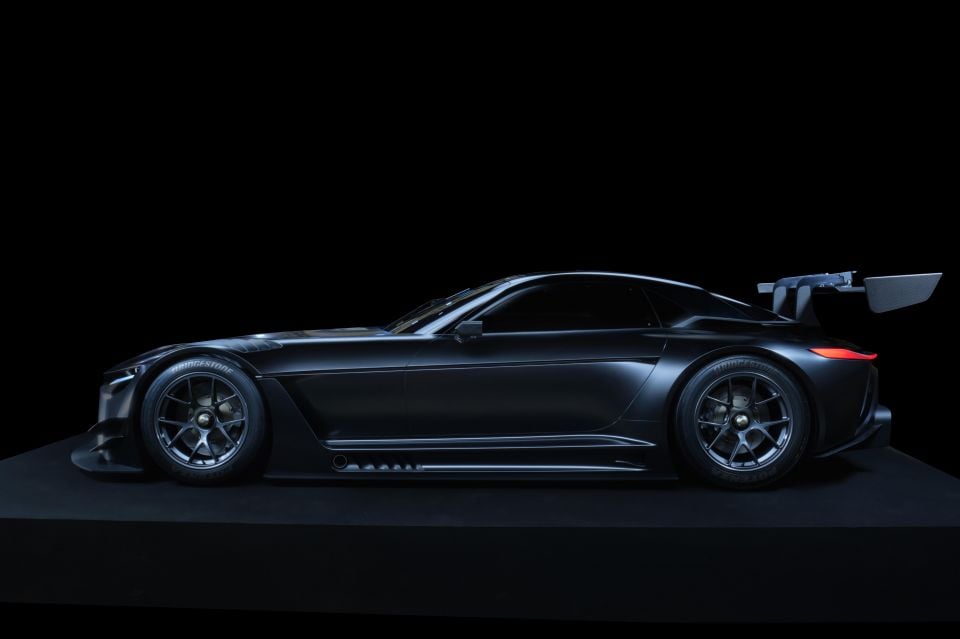
The company’s current GT3 entry is the Lexus RC F GT3, which has been racing since 2017. Powering the RC F GT3 racer is a 5.4-litre V8 engine producing more than 367kW of power, mated to a six-speed sequential transmission.
Mr Leupen’s remarks follow a report out of Japan that Lexus is readying a successor to the legendary LFA.
Best Car Web reports the LFA successor is a “souvenir” of Akio Toyoda’s time as president of Toyota Motor Corporation, and is due in 2025.
The rear-wheel drive supercar will reportedly use a twin-turbocharged 4.0-litre V8 with between 515kW and 530kW of power, mated with an electric motor that could push output up to 662kW.
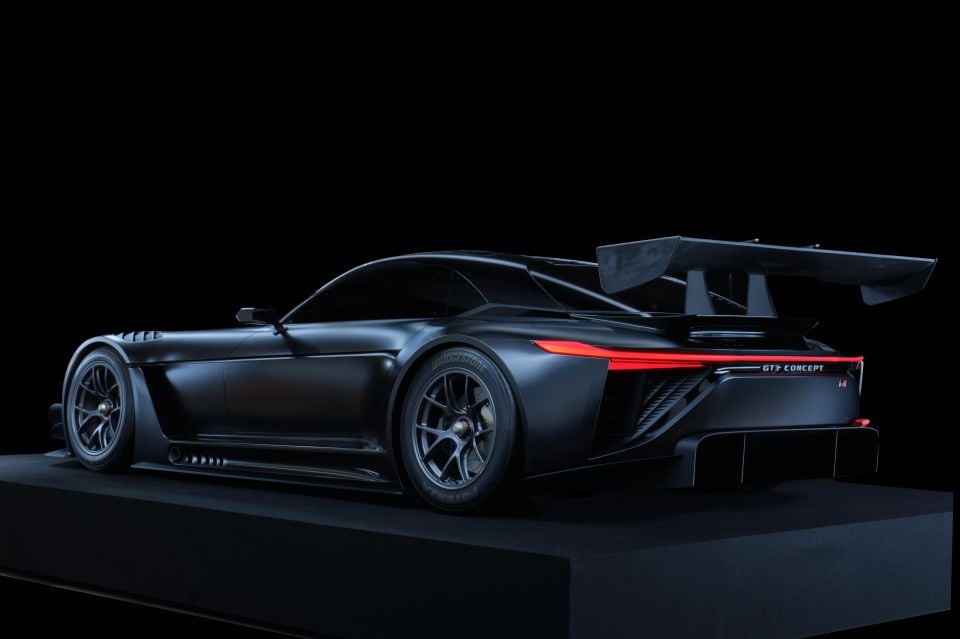
The Japanese outlet reports the goal is to start production in the summer (our winter) of 2025, but it could reportedly begin several months earlier as “development is progressing smoothly”.
It’s reportedly being developed concurrently with the GT3 race car concept and is referred to as a “catalog model” and not a limited-build model like the LFA.
That suggests it’ll be available for longer, and potentially in greater numbers, than the V10-powered LFA which was produced over just two years and of which just 500 units were manufactured in total.
It will reportedly feature a unique design that “does not resemble any supersport of the past” and has a “complex” rear end, per the report, and will measure around 4600mm long, 1950mm wide and 1200mm tall on a 2700mm wheelbase.

It will reportedly use a carbon-fibre body atop an aluminium chassis, in contrast with the LFA which had a carbon-fibre-reinforced polymer tub and aluminium subframes.
Best Car Web reports the new supercar will be priced at around 20 million yen (A$216,119), more than a top-spec LC500 coupe (14.83 million yen) but less than the original LFA (37.5 million yen) and Honda NSX Type S (27.94 million yen).
Reports of a combustion-powered Lexus supercar arguably come as a surprise, given Lexus previewed an electric supercar with its Electrified Sport concept late in 2021.
It even said it is “seen by many as a potential successor to the legendary Lexus LFA”.
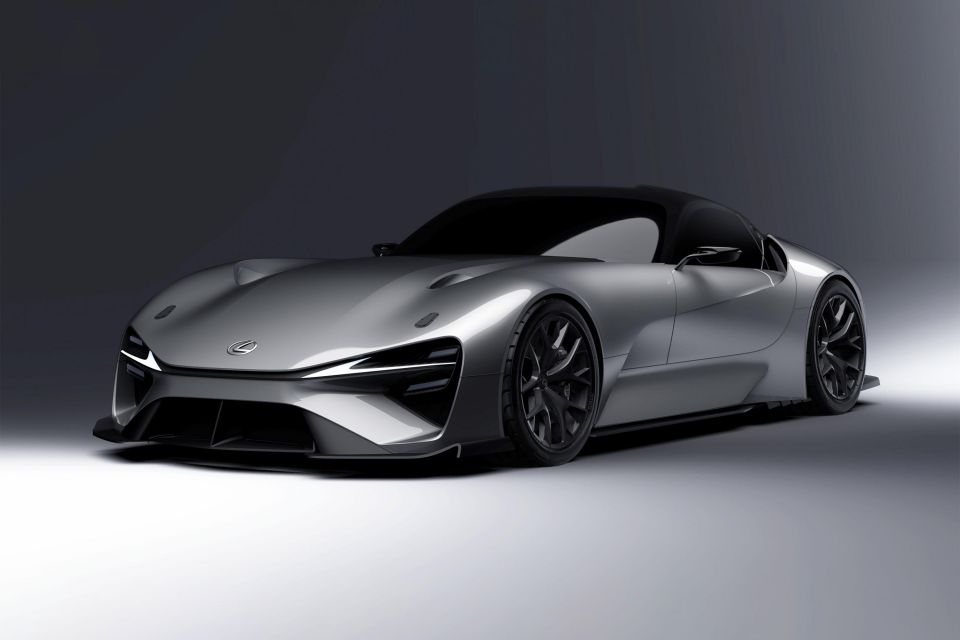

Lexus suggests its 0-100km/h time is expected to be in the low two-second range and that the car will have a driving range of more than 700km.
“It is possible that a production model may use new solid-state battery technology to achieve authentic high performance,” Lexus adds.
Lexus is planning to stop production of internal combustion-engine vehicles by 2035. In some markets, it’ll transition completely to electric vehicles as soon as 2030.
William Stopford is an automotive journalist with a passion for mainstream cars, automotive history and overseas auto markets.


William Stopford
1 Hour Ago
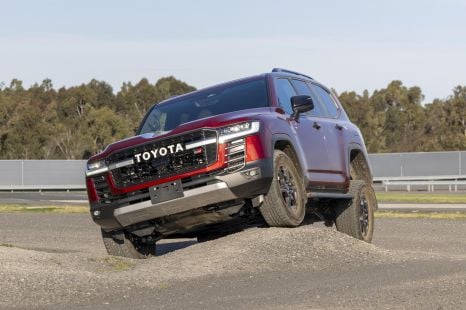

Damion Smy
3 Hours Ago


Derek Fung
7 Hours Ago


Josh Nevett
8 Hours Ago


Josh Nevett
8 Hours Ago
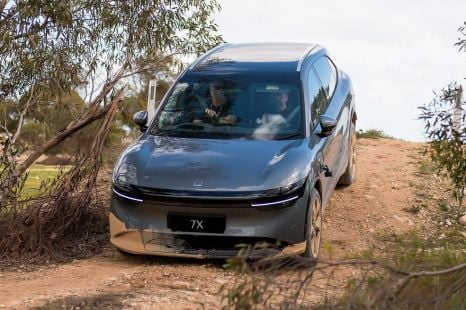

Damion Smy
14 Hours Ago